UNESCO in Bolivia has several World Heritage Sites that reflect the country’s rich cultural and natural diversity. Please note that new sites may have been added or changes may have occurred since then. Here is a comprehensive list of UNESCO World Heritage Sites in Bolivia, along with brief explanations of their significance:
City of Potosí (1987)
Potosí, once one of the richest cities in the world, was established in 1545 following the discovery of silver. The city’s historic center features well-preserved colonial architecture, including churches and mansions. Potosí represents the economic and cultural impact of silver mining during the Spanish colonial period.
Jesuit Missions of the Chiquitos (1990)
The Jesuit Missions of the Chiquitos are a group of six mission towns founded by Jesuit missionaries in the 17th and 18th centuries. These missions feature a unique blend of European and indigenous architectural styles, including churches with intricate baroque decorations. The missions represent the cultural and religious exchange between Jesuit missionaries and the indigenous Chiquitano people.
Historic City of Sucre (1991)
Sucre, founded in the 16th century, is the constitutional capital of Bolivia. The city’s historic center showcases colonial architecture, including churches, government buildings, and residential areas. Sucre represents the political and cultural history of Bolivia during the colonial period and early years of independence.
Fuerte de Samaipata (1998)
The Fuerte de Samaipata is an archaeological site that includes a pre-Columbian ceremonial center and a unique carved rock. The site served as a ceremonial and administrative center for the pre-Inca and Inca cultures and features a massive rock with carvings and a series of terraces.
Noel Kempff Mercado National Park (2000)
Noel Kempff Mercado National Park, located in the Amazon Basin, is known for its diverse ecosystems, including rainforests, savannas, and wetlands. The park is home to a wide variety of plant and animal species, including jaguars, giant otters, and capybaras.
Tiwanaku: Spiritual and Political Centre of the Tiwanaku Culture (2000)
Tiwanaku is an archaeological site that was the capital of the Tiwanaku civilization, one of the most important pre-Columbian cultures in the Andes. The site includes monumental structures, such as the Akapana pyramid and the Gate of the Sun, reflecting advanced engineering and artistic achievements.
Qhapaq Ñan, Andean Road System (2014)
The Qhapaq Ñan, or Andean Road System, is a network of ancient roads connecting various regions of the Inca Empire. The Bolivian section of the Qhapaq Ñan represents a historic route used for communication, trade, and cultural exchange.
Conclusion:
Bolivia’s UNESCO World Heritage Sites encompass a wide range of cultural, historical, and natural wonders. From the colonial splendor of Potosí to the archaeological significance of Tiwanaku and the ecological diversity of Noel Kempff Mercado National Park, these sites contribute to the global understanding of human history and the importance of preserving cultural and natural diversity. UNESCO recognition underscores the significance of these areas and promotes their protection for future generations.


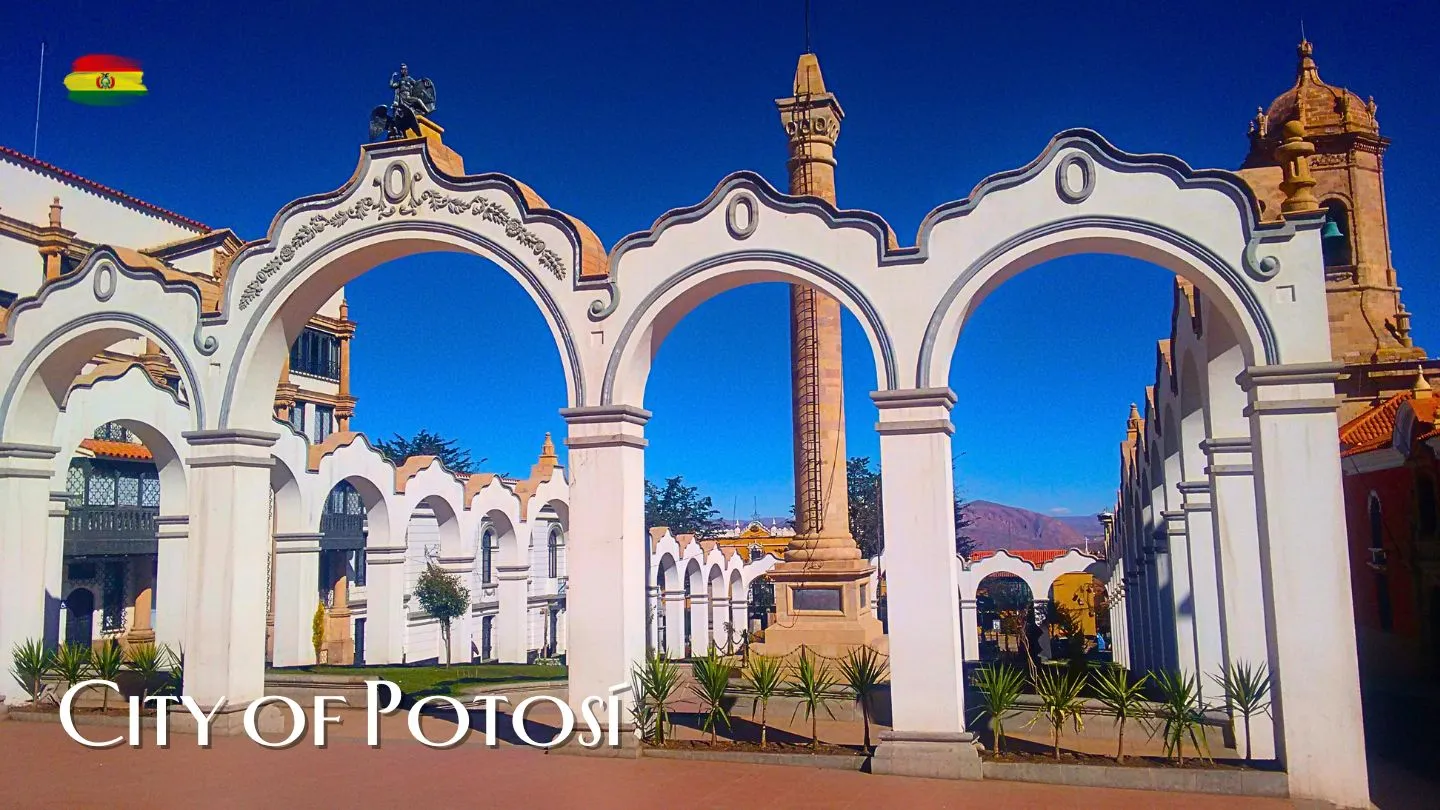
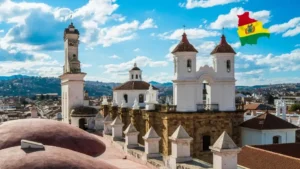
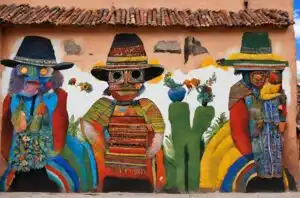
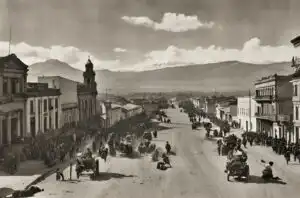

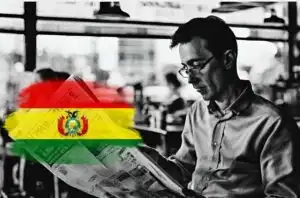

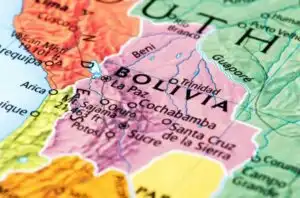
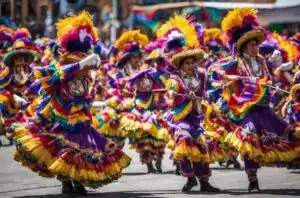
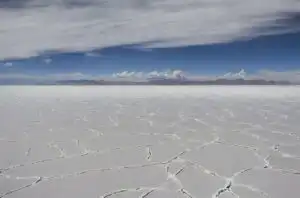
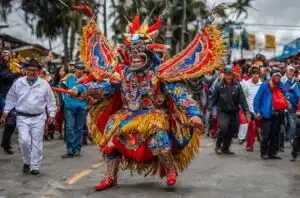
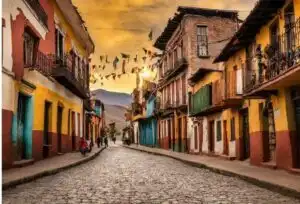

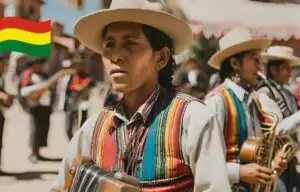
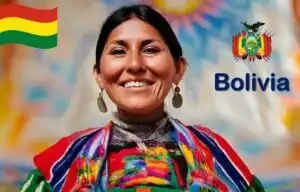
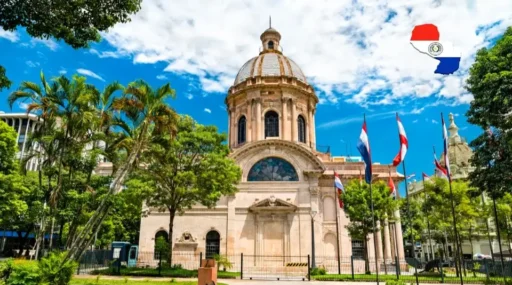
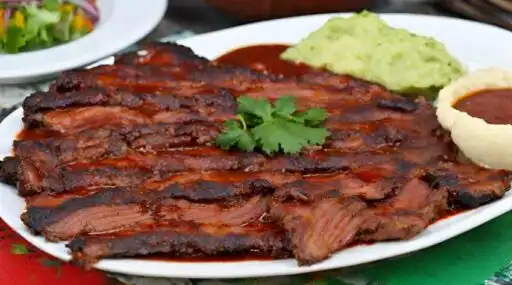
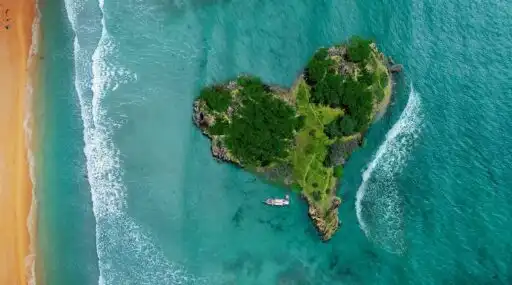


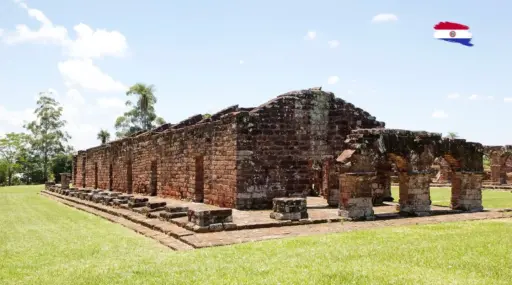
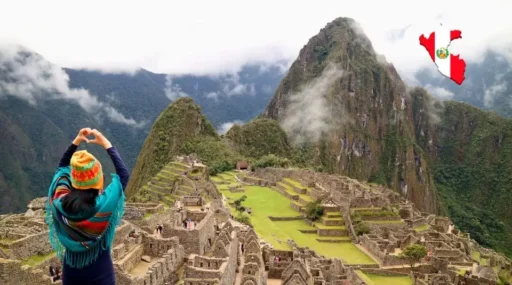





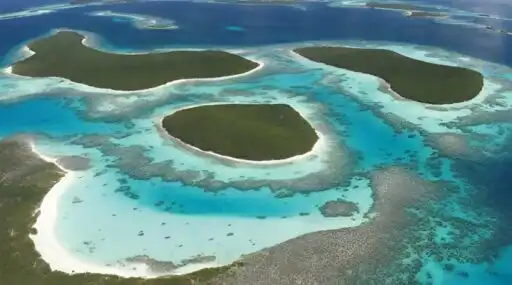

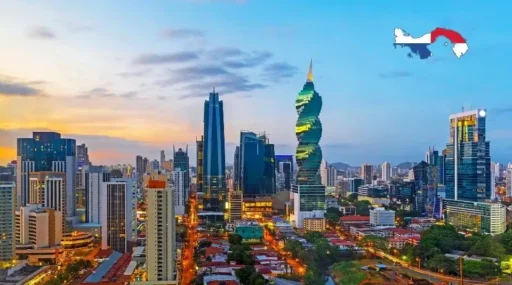


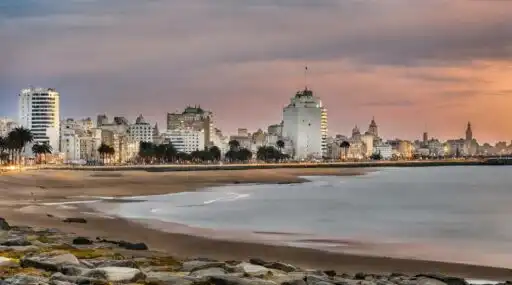



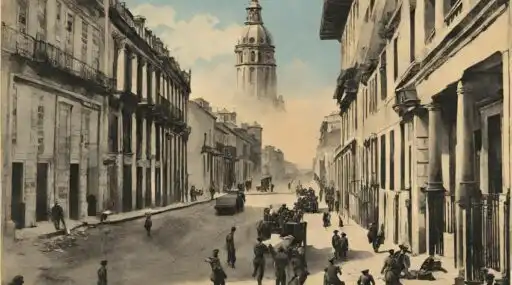



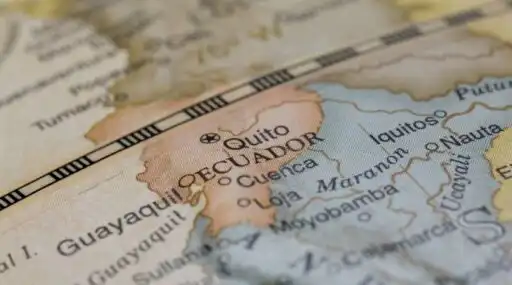
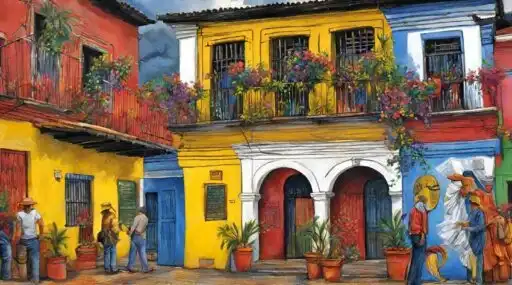



Leave a Reply